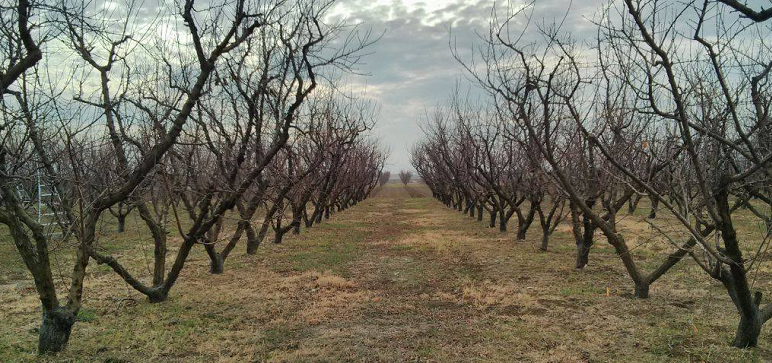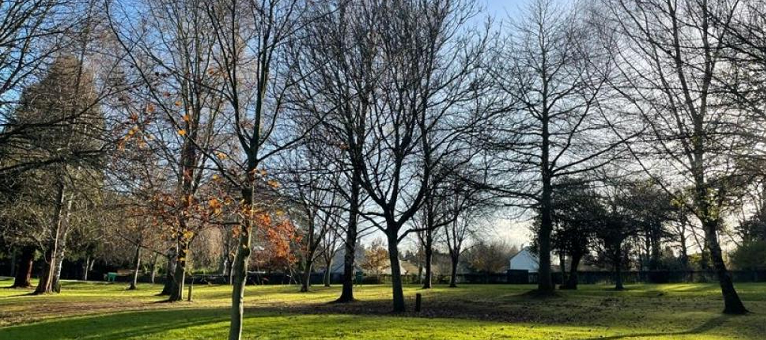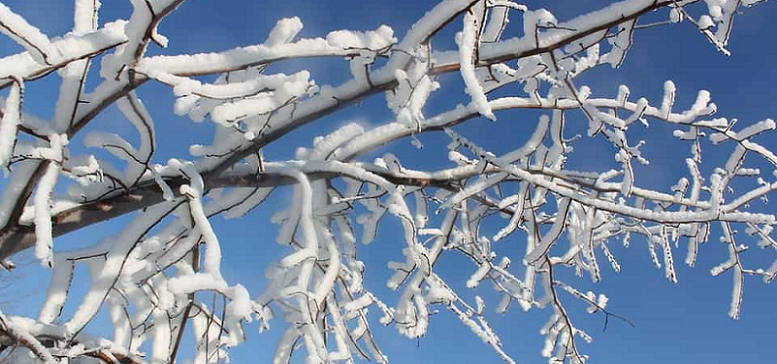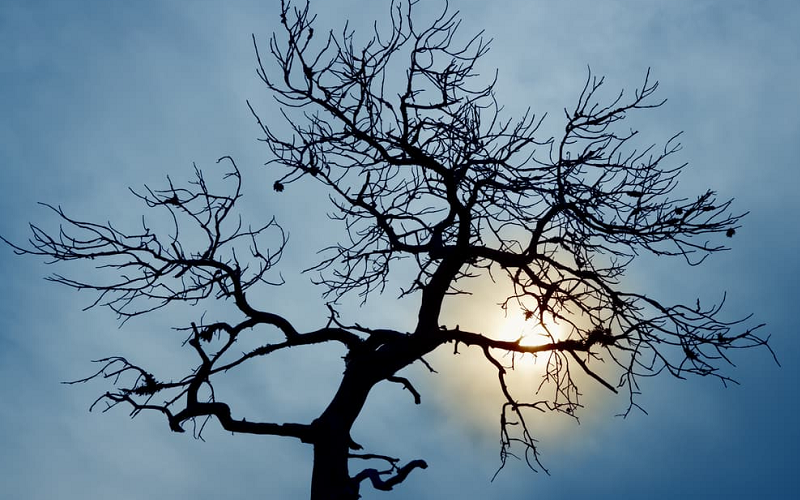What occurs when deciduous trees shed their leaves in autumn and remain leafless during the winter? Are they still alive? Deciduous trees endure winter through dormancy, a similar process to hibernation. This process requires specific conditions to occur. Let’s explore how trees manage to survive the winter.
What Is Dormancy?
Dormancy is a state of reduced metabolic activity in plants and animals that allows them to conserve energy and resources during unfavorable environmental conditions, such as cold temperatures, drought, or food scarcity. In plants, dormancy is often characterized by a slowing of growth, a reduction in metabolic processes, and a cessation of shoot and leaf development. Dormancy allows plants to survive and wait for more favorable conditions to return before resuming growth. This process is especially important for trees and other perennials, as it allows them to withstand the harsh conditions of winter and other adverse periods.
Tree dormancy in winter is characterized by several changes in the plant’s physiology and behavior. Overall, these mechanisms allow trees to survive the winter and prepare for the next growing season. Dormancy ensures the survival of the tree and helps it to adapt to changing environmental conditions, so that it can continue to grow and flourish. Some of the main changes include:
- Hormonal changes: Trees release hormones that signal the beginning of dormancy and the cessation of growth. This triggers the process of abscission, where the tree sheds its leaves and seals off the wounds to conserve energy and prevent moisture loss.
- Slowing of metabolic processes: During dormancy, trees reduce their metabolic rate and energy expenditure, conserving their energy and resources until spring.
- Protection from cold temperatures: Trees also protect themselves from cold temperatures by producing antifreeze compounds, such as sugars and starches, that help to prevent damage to their cells and tissues.
- Deep root systems: Trees with deep root systems can tap into water and nutrient sources that are below the reach of the frost, allowing them to survive the winter.
- Insulation: Trees also use their bark, which acts as a protective layer, to insulate themselves from cold temperatures and prevent desiccation.

Why Dormancy Helps Trees
Dormancy is a crucial adaptation that helps trees survive and thrive in adverse environmental conditions, allowing them to continue to grow and support the ecosystem they are a part of. Dormancy helps trees in several ways:
- Conservation of energy and resources: By slowing down metabolic processes and reducing energy expenditure, trees conserve their energy and resources for the next growing season.
- Protection from cold temperatures: Dormancy helps trees protect themselves from the damaging effects of cold temperatures by producing antifreeze compounds and using their bark and root systems for insulation.
- Adaptation to changing environmental conditions: Dormancy allows trees to adjust to changing environmental conditions, such as cold temperatures and drought, and to wait for more favorable conditions to return.
- Improved survival: By undergoing dormancy, trees are better equipped to survive harsh winter conditions and other adverse periods, which improves their chances of survival and allows them to continue growing and thriving.
Do All Trees Go Dormant in the Winter?
Not all trees go dormant in the winter. Some trees, such as evergreens, do not lose their leaves and continue to photosynthesize and grow, even during the winter months. Evergreens are able to tolerate the harsh winter conditions by producing waxy coatings on their leaves and needles, which help to conserve moisture and protect them from cold temperatures.
On the other hand, deciduous trees, which lose their leaves in the autumn, do undergo dormancy in the winter. This allows them to conserve energy and resources, protect themselves from the cold, and wait for more favorable conditions to return before resuming growth.
Whether or not a tree goes dormant in the winter depends on its species and the environmental conditions it is exposed to. Evergreens are adapted to survive the winter, while deciduous trees go dormant to help them endure the harsh conditions.

Is Climate Change Affecting Tree Dormancy?
Climate change is affecting tree dormancy in several ways. Rising temperatures, altered precipitation patterns, and increased atmospheric carbon dioxide levels are some of the factors that are altering the timing and duration of tree dormancy. These changes in tree dormancy can have negative impacts on tree health, survival, and growth, and can also affect the broader ecosystem that they are a part of. As a result, it is important to understand how climate change is affecting tree dormancy and to take action to reduce its negative impacts.
- Changes in timing: Warmer temperatures are causing some trees to break dormancy earlier than they normally would, which can result in a mismatch between the availability of resources, such as food and water, and the tree’s needs. This can cause stress to the tree and reduce its overall health.
- Shorter dormancy period: In some cases, warmer temperatures are leading to shorter periods of dormancy, which can affect the tree’s ability to conserve energy and resources.
- Altered precipitation patterns: Changes in precipitation patterns, such as increased drought, can also affect the timing and duration of tree dormancy.
- Increased atmospheric CO2: Elevated levels of atmospheric carbon dioxide can affect the timing and duration of tree dormancy by altering the tree’s response to temperature and light cues.

Lesser Known Facts About Tree Dormancy
The following lesser-known facts highlight the complex and dynamic nature of tree dormancy and its interactions with the environment and other species. Further research into tree dormancy can provide valuable insights into the ecology and management of forest ecosystems.
- Not just for winter: While tree dormancy is often associated with winter, some trees can also go dormant during other times of the year, such as during periods of drought or high temperatures.
- Dormancy varies between species: The timing and duration of dormancy can vary significantly between different tree species, depending on their adaptation to the local climate and environmental conditions.
- Influence of genetics: The timing and duration of dormancy is also influenced by the tree’s genetics, with some tree species being more prone to early or late dormancy than others.
- Interactions with other species: Tree dormancy can also have interactions with other species in the ecosystem, such as insects and wildlife, which can feed on the tree’s leaves or bark during dormancy.
- Potential use in horticulture: Understanding the dormancy patterns of trees can have practical applications in horticulture, such as in the cultivation of fruit trees, where dormancy is used to control flowering and fruiting.
- Responsiveness to environmental cues: Trees are highly responsive to environmental cues, such as temperature and light, which trigger the onset and termination of dormancy.
- Can be broken: Dormancy can be broken by extreme events, such as sudden changes in temperature, exposure to light, or damage to the tree, which can disrupt the natural dormancy cycle and negatively impact the tree’s health.

